KTM Returns To Full Production, Dirt & LC4 Models Take Center Stage
Austrian assembly lines back online, kicking off with reworked 690 Enduro & more.
After a turbulent period marked by widespread layoffs and repeated production halts, KTM AG has reignited all four of its production lines at its manufacturing hubs in Mattighofen and Munderfing, Austria. Roughly 1,000 employees are back in action, tasked with meeting international demand across the KTM, Husqvarna, and GASGAS brands.
Pushing forward, KTM is committing to a full-time, 5-day work week for all production areas with operations expected to run continuously — no summer break planned — through the regular Christmas break. Supply chains have been fully reactivated as well, in order to provide reliable delivery worldwide.
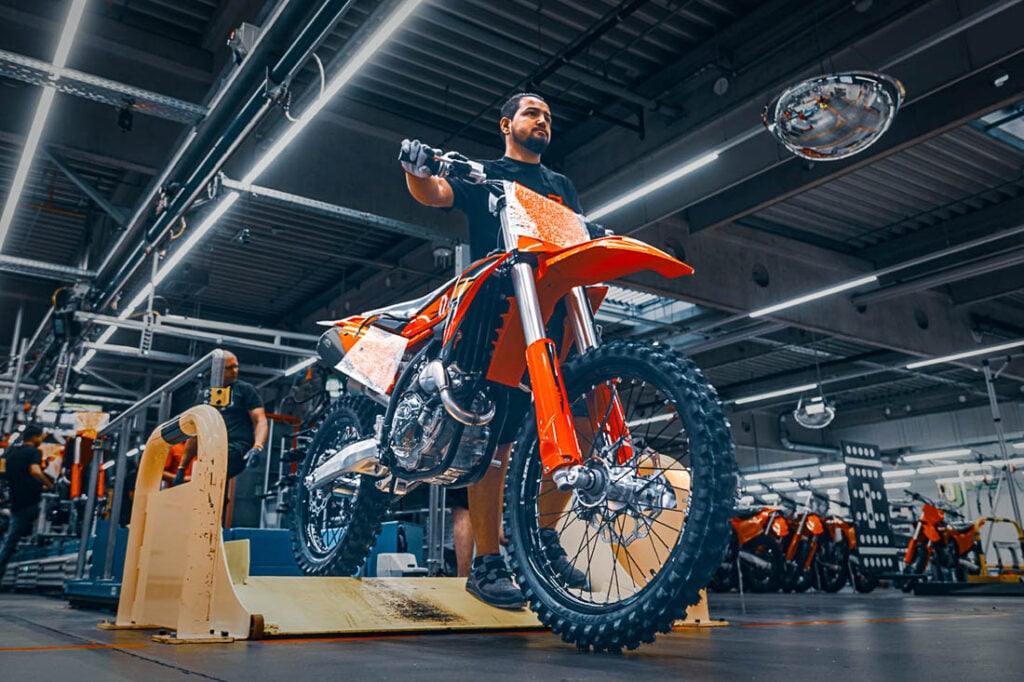
According to KTM, production will kick off with the new MX and Enduro off-road range, with specific reveal dates locked in for each segment.
- Motocross: July 30
- Mini-Motocross: July 30
- Cross Country: July 31
- Enduro: August 5
Alongside its offroad rollout, KTM has confirmed production of the new LC4 platform models will include the next-generation 690 Enduro R. Though many of the 690’s specs remain under wraps, the reworked model — expected to launch early next year — was shown to the public recently, along with an official preview of the upcoming changes. Production in Austria will also cover the new KTM 690 SMC R, as well as the Husqvarna 701 Enduro and 701 Supermoto models.
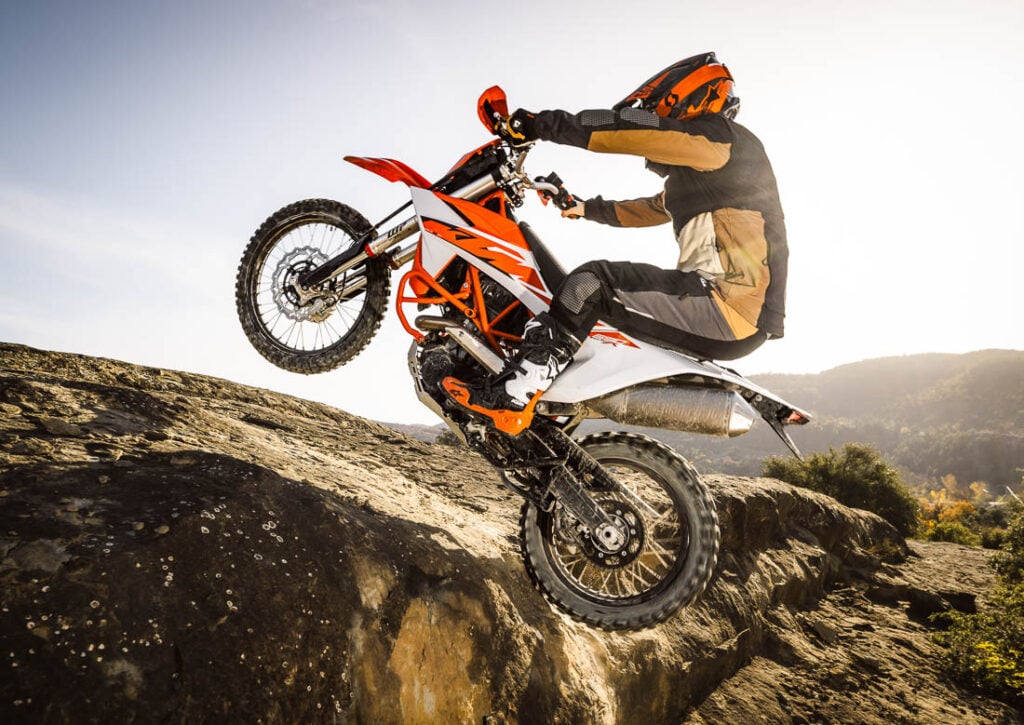
In parallel with the resumption of operations, KTM is also intensifying its recruitment efforts. Employees are sought in a wide variety of corporate departments, such as IT, finance, and marketing – particularly in Mattighofen and Munderfing. KTM offers applicants an international work environment as well as support with relocation and integration into the region.
While a full production restart is a positive step, it’s impossible to ignore the backdrop. KTM has weathered one of their most turbulent periods in recent history and although the company remains optimistic, executives acknowledged the toll. CEO Gottfried Neumeister expressed gratitude toward staff for their “flexibility and solidarity,” suggesting a workforce stretched to its limits during prolonged production stoppages. In addition, KTM’s own Jakob Kohlmayer, SVP of Production, noted that restarting manufacturing wasn’t merely logistical — it was “emotional,” reflecting the fatigue and strain likely felt throughout KTM’s ranks.
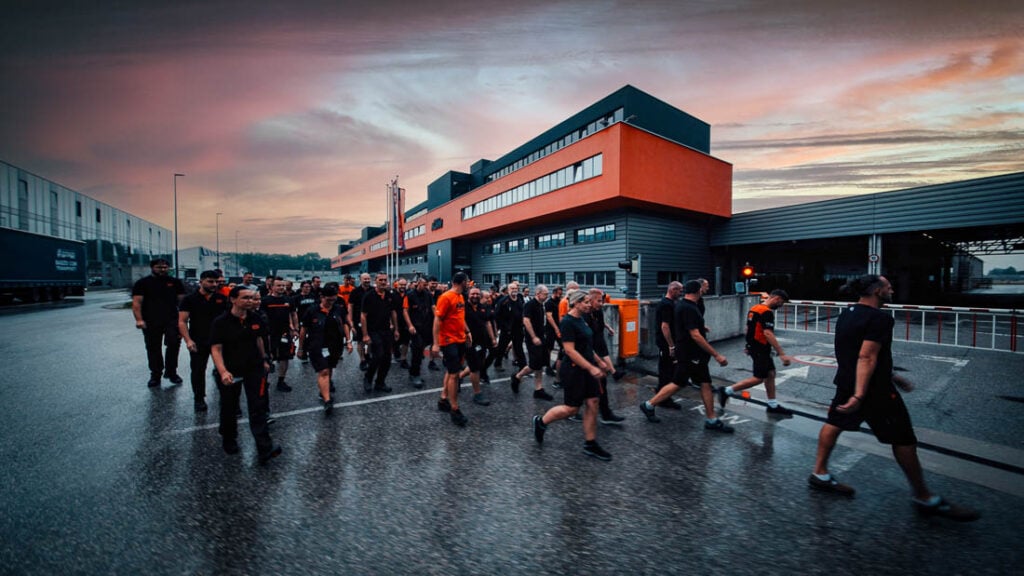
As part of its broader strategic focus on product quality and long-term sustainability, KTM says they are increasing its reliance on direct customer input. One of the more structured efforts is the Orange Board, a panel of 15 motorcycle owners selected from over 5,000 applicants. The group was formed to meet regularly with KTM management to provide perspectives on product development, service experiences, and evolving industry expectations. According to company officials, the panel’s feedback is circulated across departments and used to inform future decision making.
KTM has also introduced the Dealer Excellence Center, designed to support the global dealer network with improved service training and operational resources. The initiative is intended to strengthen responsiveness to customer concerns at the point of sale.
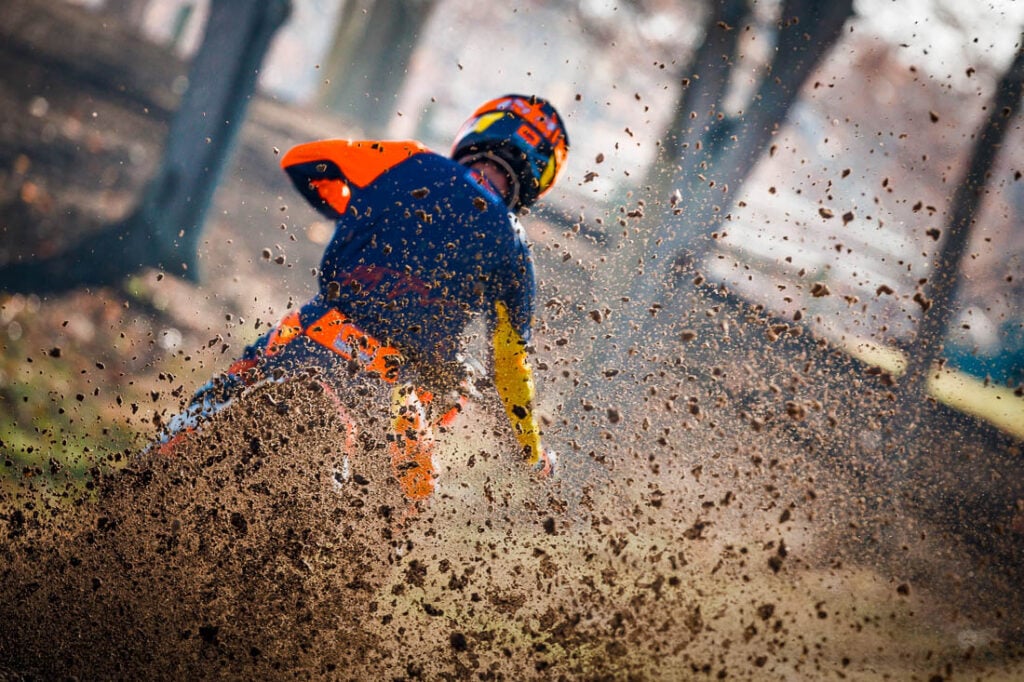
In addition to these formal channels, KTM continues to promote its Orange Blood rider program, which encourages owners to share experiences and participate in events. While primarily focused on brand connection, the program also serves as an informal feedback mechanism.
“Only if we put the customer at the center of all our actions and focus on quality and differentiation, will it be reflected in the future economic success of our company,” concludes Gottfried Neumeister.
Photos by KTM





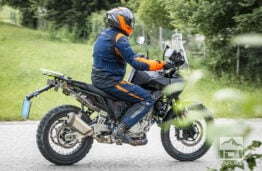
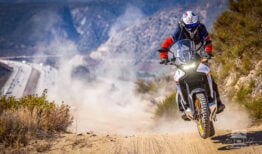
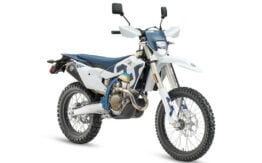

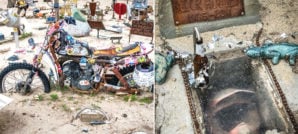
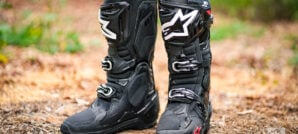
Notify me of new posts via email
Gottfried is right — companies should prioritize the customer and product quality. Unfortunately, KTM has shown little respect for its customers, at least here in Argentina.
They’ve mocked us with their pricing, poor after-sales service, and a complete lack of warranty — which might be forgivable if their bikes were actually reliable.
Maybe Suzuki or Honda offer similarly poor after-sales support or warranty coverage, but I wouldn’t know — their bikes don’t break down, or at least not nearly as often as KTM’s.
I love when marketing kicks in to help revive a brand…
I had a 2007 690 SM – loved the bike from the moment I first saw it. But, KTMs after sale service was absolutely crap. Like a lot of the 690s then, mine developed an issue with the engine just stopping – for instance, sitting at the lights, in neutral – then silence. It would start again, no problem, but ‘switching off’ while riding, with a truck behind me, etc – wasn’t fun.
The KTM dealer did one remap after another – personally, I think he did naff all, just leaving in his workshop until I collected it later in the day – including one ‘remap’ where it switched off less than a 100 metres from the dealership on my way home…..
Final straw was a service – something wasn’t right as I rode home, including engine temperature. I stopped a couple of times, but couldn’t find anything obvious.
Got home – dealership was 25 miles from where I lived – gave her a proper check – and NO OIL in the sump – nada!!!
Contacted the dealer straight away – he said he wasn’t at fault!!!! What, like she’d lost all her engine oil somewhere on my way home!!!
Worst of all, KTM backed their ***wit dealer!!
The whole thing then went to court – very stressful and long winded – when an independent engineers report said that the only thing that could have happened was negligence by the KTM dealer, as the sump plug was still in place, so the dealer had obviously forgotten to replace the engine oil – the most basic error you can make when servicing.
The engine was a write off, KTM replaced it with a new unit – I then sold it.
Last KTM I will ever waste money on or own – all due to the company’s complete lack of transparency, telling lies and non-existent customer service.